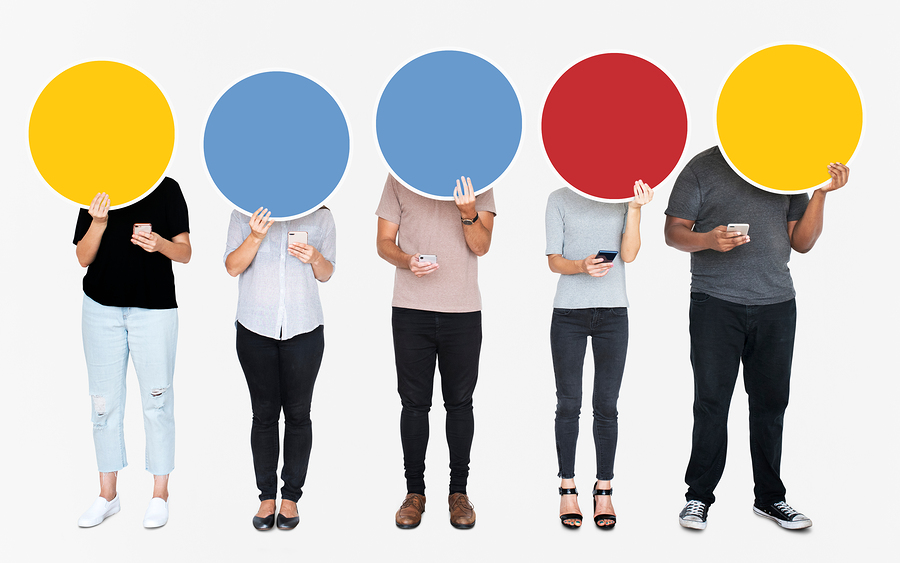Imagine your teenager tweets something about #MeToo. Another Twitter user doesn’t like what your teenager tweeted. They send a nasty direct message. Suddenly, your teenager is inundated with harassing messages from a bunch of different users. They all look new and have the default silhouette avatar picture. It’s like your teenager is being attacked by dozens of users all at once.
Maybe. But maybe not. It could be that your teenager is just being cyberbullied by that first user who got mad. It’s just him and his sockpuppets.
What Is a Sockpuppet?
A sockpuppet—one word, not two—is another identity created by an Internet user in order to pretend to be multiple people online. For example, Twitter user @ExampleAccount might also create @ex574, @ea1829, and @acc29832. His primary account @ExampleAccount is his primary or “real” online identity. He uses it to interact with others as himself. But his sock puppets aren’t “real” in the sense that he uses them for something inauthentic.
Why?
Sockpuppets are used in a number of ways. One common reason is for someone to talk themselves up or seem more important or consequential than they really are. Someone may use their sockpuppets to like, share, retweet, upvote, or otherwise promote their “real” account.
Another big reason people use sockpuppets is to dominate online arguments and discussions. They can use multiple accounts to promote their own views. For example, an editor at the New Republic got in trouble for using sockpuppets to praise his own work and attack his critics. A prominent lawyer was sent to jail in part over using sockpuppets to harass rivals of his father, a famous historian. British writer R.J. Ellory got caught using sockpuppets to write positive reviews of his own books.
Harassment is a major use of sockpuppets. Making fake Facebook, Instagram, or Reddit accounts to harass other users is something that may happen. Twitter accounts that look brand new are infamous for their harassing behaviour. In fact, the reason Twitter no longer uses an egg as the avatar for new accounts is their association with harassing and trolling behaviour.
What Do You Do?
If your child or teenager is being harassed online and you suspect it’s actually just one person using sockpuppets, your first step is to report the behaviour. See this post for how to report on different popular platforms.
Most online platforms take reports of sockpuppetry seriously as it’s a major problem for them. It’s worthwhile to report because a site’s admins can detect someone using sockpuppets by checking IP addresses. Researchers are also developing tools to identify sockpuppets in other ways.
Beyond reporting, it’s also important to help your child understand what’s happening. Being attacked by a crowd or swarm of people is very distressing. But some of the sting of that experience can be taken away by understanding that there isn’t actually a crowd, just one person.


